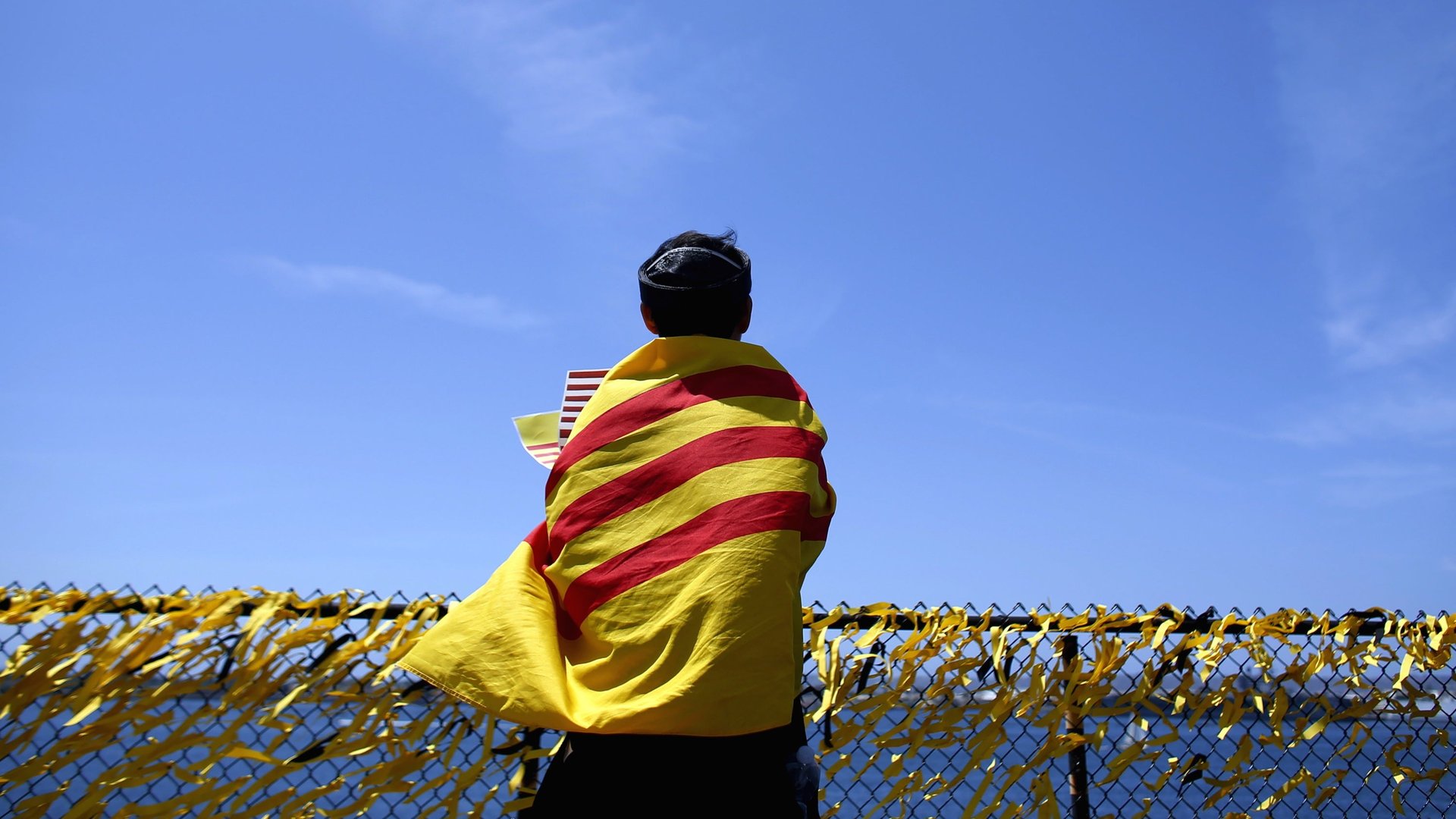How Vietnamese-Americans reintroduced the US to Vietnam
Officially, the city goes by the name given to it in 1976: Ho Chi Minh City, after the communist revolutionary and first president of the Democratic Republic of Vietnam (North Vietnam). But many in Vietnam’s largest city still call it Saigon, once capital of colonial French Indochina, then of the US-backed Republic of Vietnam (South Vietnam).


Officially, the city goes by the name given to it in 1976: Ho Chi Minh City, after the communist revolutionary and first president of the Democratic Republic of Vietnam (North Vietnam). But many in Vietnam’s largest city still call it Saigon, once capital of colonial French Indochina, then of the US-backed Republic of Vietnam (South Vietnam).
Forty years ago today, on April 30, 1975, the North’s People’s Army of Vietnam and the National Liberation Front of South Vietnam, aka the Viet Cong, captured Saigon. All US personnel were evacuated, marking the end of the Vietnam War. For Americans, a photograph of the evacuation from the roof of a CIA station on Gia Long Street has become one of the most iconic images of the conflict.
The Vietnamese government refers to this day as “Reunification Day,” though overseas South Vietnamese who fled the invasion prefer “Ngày mất nước,” (“the day we lost the country”) and the surrounding month as “Tháng Tư Đen” (“Black April”).
While some overseas Vietnamese still harbor resentment toward the current regime in Hanoi, relations between one-time belligerents, the United States and the Socialist Republic of Vietnam have warmed considerably since Cold War days. Diplomatic channels were fully reopened in 1995, and, today, the US receives 16% of Vietnam’s exports—more than any other country, including China, a longtime Vietnamese ally. Vietnam is also poised to join the US-led Trans-Pacific Partnership, a proposed regional regulatory treaty that would facilitate trade between Pacific Rim nations including the US, Australia, Chile, and Japan.
Though president Bill Clinton formally reopened diplomatic and economic channels by lifting a post-war trade embargo in 1994, many of the refugees who fled communist reunification are to thank for this economic reconciliation.
The US is home to the world’s largest Vietnamese diaspora community—more than 1.5 million strong, according to 2010 census figures. They are also the wealthiest and most highly educated of overseas Vietnamese, according to the Vietnamese-American writer Andrew Lam, in an op-ed for Al Jazeera America. “In the post-Cold War period, they began to exert powerful influences in Vietnam’s economic and cultural life,” he explains.
“Overseas US remittances average about $12 billion a year, compared with the average $7 billion annually sent to Vietnam from other countries,” Lam notes. That figure is estimated to rise to $13 or $14 billion in 2015, Reuters reports—8% of the country’s gross domestic product. In addition to remittances, overseas Vietnamese have invested in roughly 2,000 projects, generating a further $20 billion annually.
Vietnamese have witnessed their former countrymen build economic viability in the United States from the ground up. And US companies looking to expand into the Vietnamese market after Bill Clinton lifted the post-war embargo in 1994 smartly employed Vietnamese-American executives eager to return.
One-time refugee Henry Nguyen, 41, brought McDonald’s—that inescapable symbol of American capitalism—to Vietnam ten years ago. He has since spearheaded a tech-venture capital movement and invested more than $100 million in a maiden fund, IDG Ventures Vietnam. Reconciliation has also gone through less formal channels; in 2008, for instance, Nguyen married Nguyen Thanh Phuong—the daughter of Vietnam’s communist prime minister.